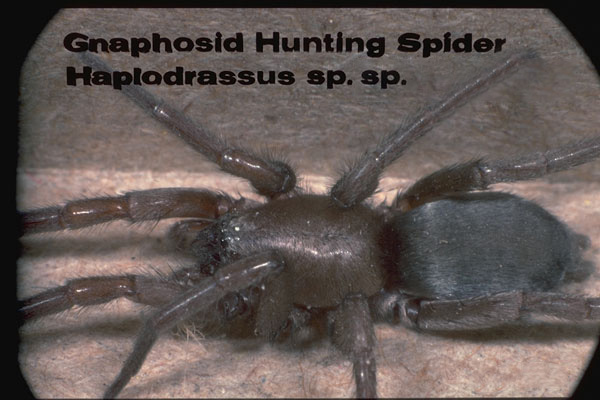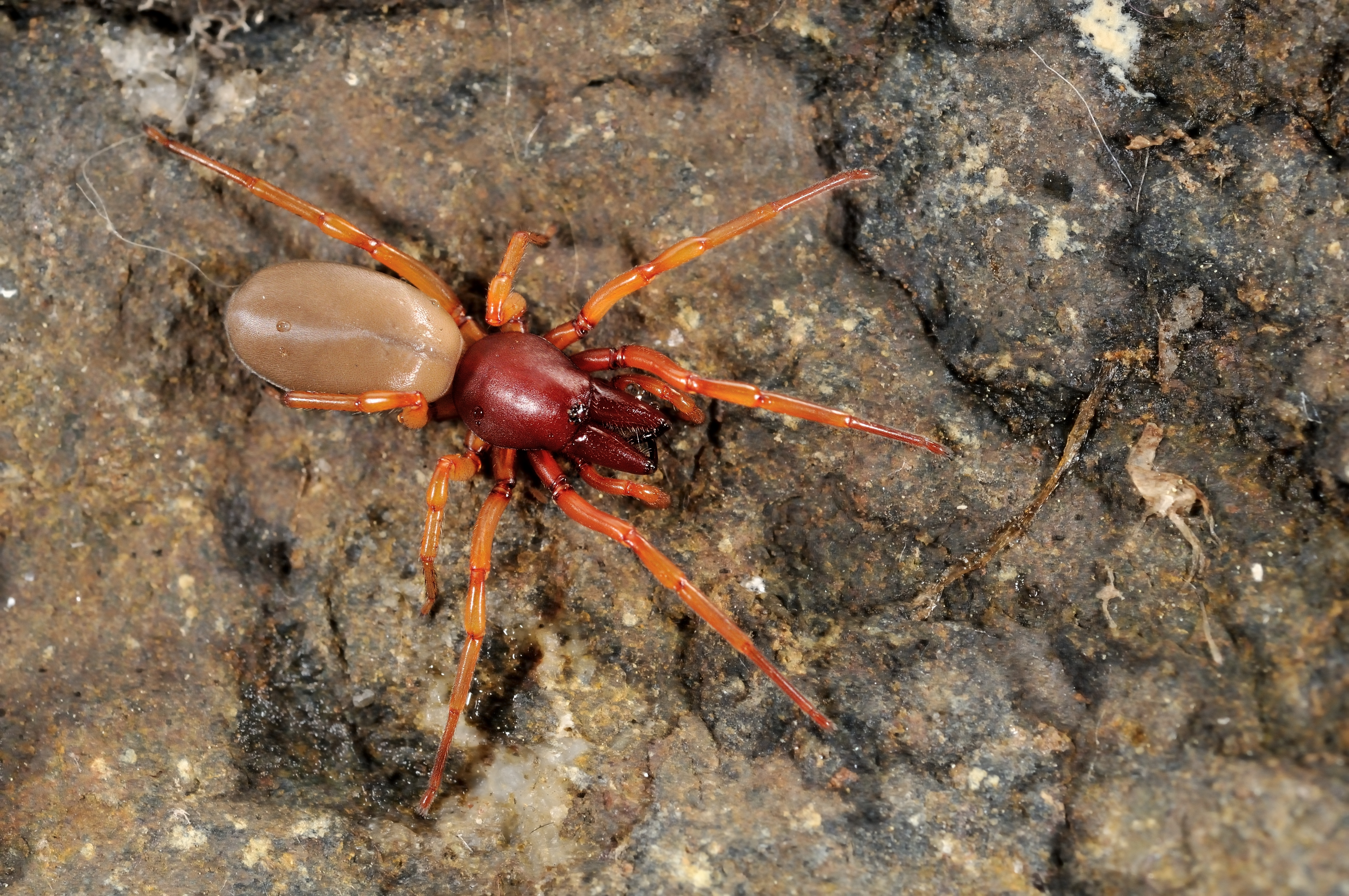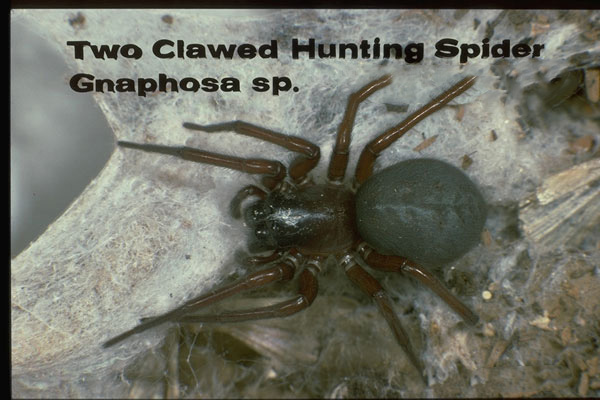
Or you may find a yellow and brown spider in your garden spinning an orb web. There is also a brown spider with white spots on its back and a big round body with a venomous bite. This means that you must take care if trying to get rid of any type of spider.įor example, a furry brown spider with black stripes on its legs can jump. Although most brown and black spiders are harmless, a few species are dangerous. If you spot a brown-looking spider indoors, you will probably ask yourself, “what is this brown spider in my house?” First, it’s vital to identify the type of brown spider. But, of course, a large brown recluse spider can lurk in crevices and inflict a nasty bite if you get too close.

You might find other types of scary brown furry spiders that look like tarantulas in a basement, attic, or an outbuilding however, they are usually completely harmless. Some brown house spiders have large dark brown bodies with long spindly legs. Seeing a brown spider scurrying along the floor can be terrifying.

Thank you.Email Pinterest Facebook Twitter Linkedin No matter the size, every gift to the Museum is critical to our 300 scientists' work in understanding and protecting the natural world.įrom as little as £2, you can help us to find new ways to protect nature. We are a charity and we rely on your support. Understanding and protecting life on our planet is the greatest scientific challenge of our age. To reverse the damage we've done and protect the future, we need the knowledge that comes from scientific discovery. People tell us they 'still get shivers walking through the front door', and thank us for inspiring the next generation of scientists. Museum scientists are working hard to understand and fight against the threats facing British wildlife.įor many, the Museum is a place that inspires learning, gives purpose and provides hope. We must act on scientific evidence, we must act together, and we must act now.ĭespite the mounting pressures, hope is not lost. The animals and plants that make our island unique are facing a fight to survive. Hedgehog habitats are disappearing, porpoises are choking on plastic and ancient woodlands are being paved over.īut if we don't look after nature, nature can't look after us. Our future depends on nature, but we are not doing enough to protect our life support system.īritish wildlife is under threat. Now we're wondering if you can help us.Įvery year, more people are reading our articles to learn about the challenges facing the natural world. or that it helped you learn something new.

'So next time you find an unwanted spider in your house, please don’t kill it! Either leave it in peace, or humanely put it out in your shed.'įalse widows can live in relative harmony with us - they're even tidy houseguests, helping to keep our homes clear of flying insects and other pesky invertebrates. 'Aside from their key role in feeding on pest insect species, their silk is being developed to make specialist clothing such as bullet-proof vests and their venom can be used in pain relief.' That’s a great pity because spiders are awesome creatures which are sadly misunderstood.'

Jan Beccaloni, Curator of Arachnida and Myriapoda, says 'During my time at the Natural History Museum I have, not surprisingly, met many people who are scared of spiders. But these spiders only bite when they feel threatened. There is often hysteria surrounding these spiders, and they have unjustly earned a reputation for being a dangerous pest. The extreme side effects experienced are most likely the result of a secondary infection, likely bacterial, if the wound is not kept clean. But these are usually not backed up with formal spider identification. There are sometimes reports of false widow bites that present with more sinister symptoms like rotting flesh and excruciating pain.


 0 kommentar(er)
0 kommentar(er)
